 EN
EN
 PT
PT
Guided activities and compensatory tools for English language sentence construction
Product: Book
Trim size in cm: 21x29,7cm
Pages: 204
ISBN: 9788859018827
Publication date: 01/05/2019
Suitable for: Lower secondary 1st level (ages 10-11), Lower secondary 2nd level (ages 12-13)
REQUEST A SAMPLE OR MORE INFORMATION
It is known that specific learning disabilities, in particular dyslexia, also involve difficulties with learning foreign languages, especially when it comes to the so-called opaque languages such as English; that is, languages that do not have a systematic correspondence between phonemes and graphemes.
To promote the educational success of DSA pupils in the first year of middle school, English Puzzle places the learning-teaching path of English on three strategic «pillars» as indicated by research: multi sensoriality, glottodidactic accessibility and metalinguistic competence.
It adopts a playful approach that transforms the process of constructing the sentence into a game of combinations. English Puzzle proposes compensatory materials aimed at practicing the syntax of the simple sentence (affirmative, negative and interrogative) and the following tenses:
The materials are organized in preparatory activities and guided or independent educational programs. At the discretion of the teacher, and with inclusive teaching in mind, the program can also be offered to the whole class in small-group activities. The volume provides a QR code with which to hear the correct pronunciation of all the vocabulary used and, attached, the colour materials for playing and learning: more than 140 cards, 3 spinners, the pyramid and the help sheet for the student.
The English language and specific learning disorders
The materials and their use
Bibliography
PROPAEDEUTIC ACTIVITIES
I practice with...
GUIDED PROGRAMS
Present simple
Present continuous
Past simple
Past continuous
Present perfect
Future continuous
Will
Going to
INDEPENDENT PROGRAMS
Present simple
Past simple
Present perfect
Future continuous
Will

Compensation activities and tools for SLD students
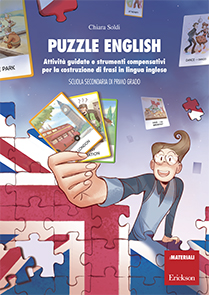
Puzzle English offers a guided learning programme for the construction of English sentences designed for middle school students with specific learning disabilities.
It is known that specific learning disabilities, in particular dyslexia, cause difficulties when learning foreign languages, especially when it comes to so-called opaque languages (such as English) that do not present a systematic correspondence between phonemes and graphemes. This book is aimed not only at pupils with disorders related to reading and writing skills, but also at students with special education needs, foreign students or those with attention deficit disorders.
In the context of inclusive teaching, the activities can also be done with the whole class by working in small groups of maximum 4 students.
STRUCTURE OF THE BOOK
The book is divided into two sections: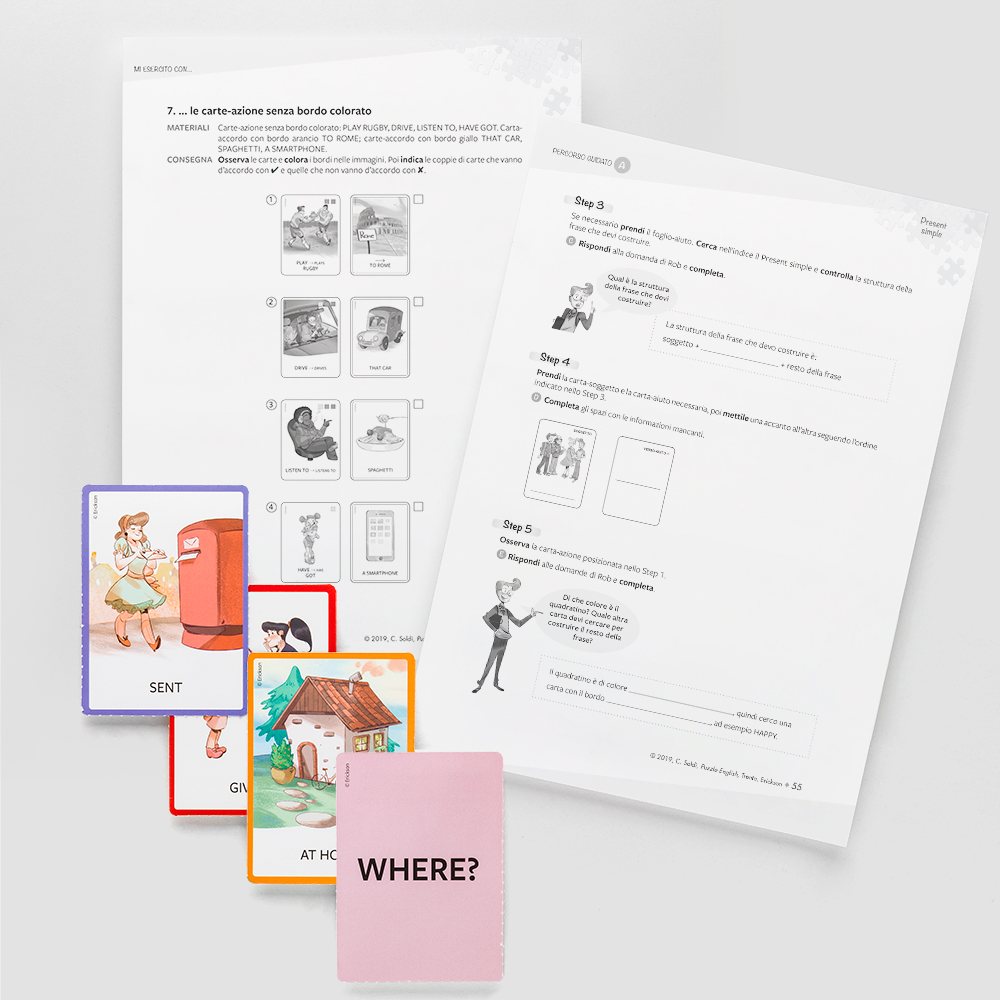
BOOK CONTENTS
The guided programmes are organized into 8 areas which correspond to the verb tenses covered:
THE MATERIALS
When completing the activities, the students will use the following materials provided:
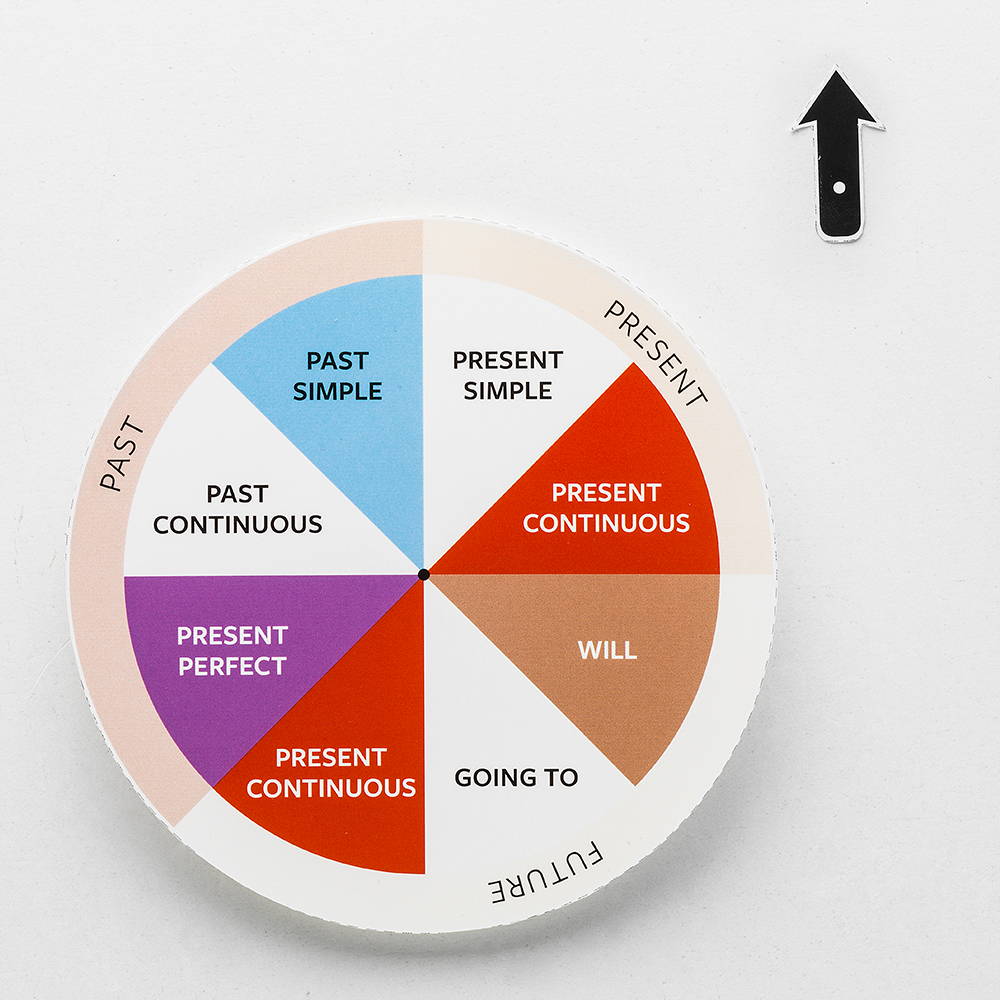
3 spinners for verb tenses
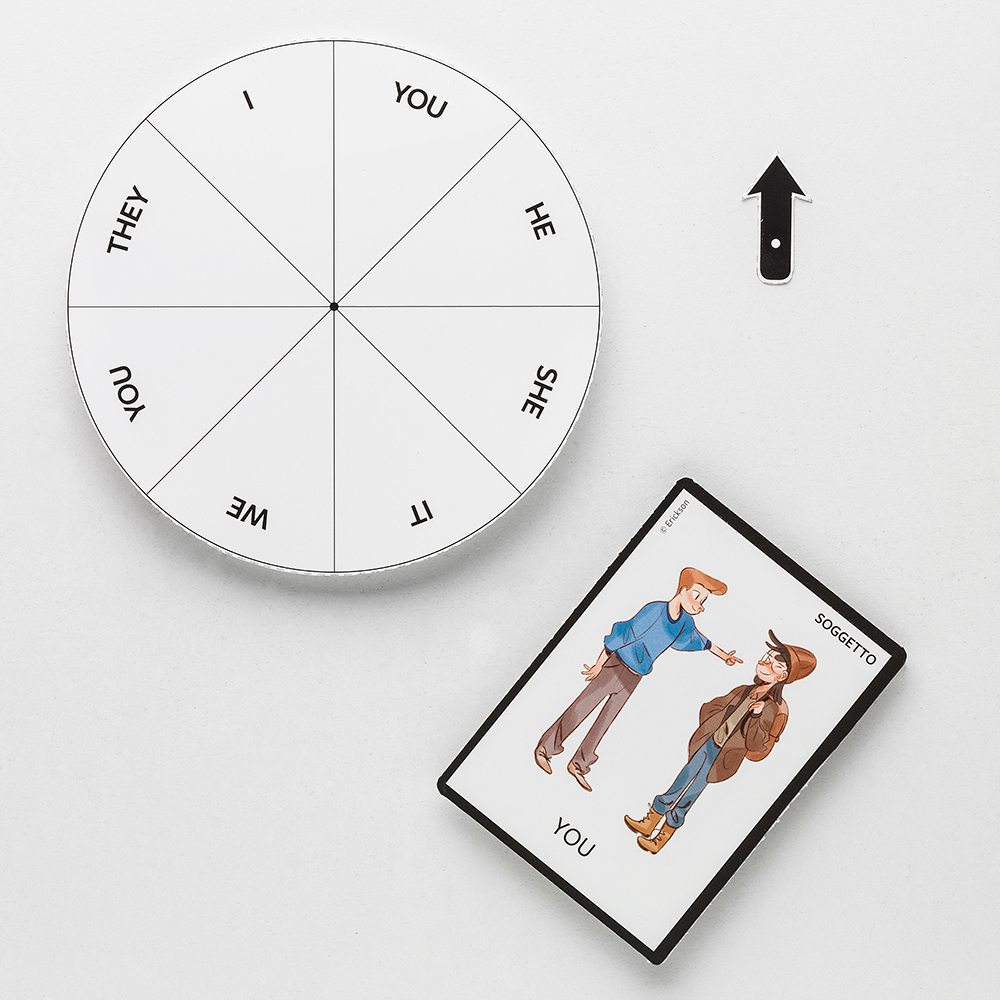
Subject spinner and subject cards (with a black border)
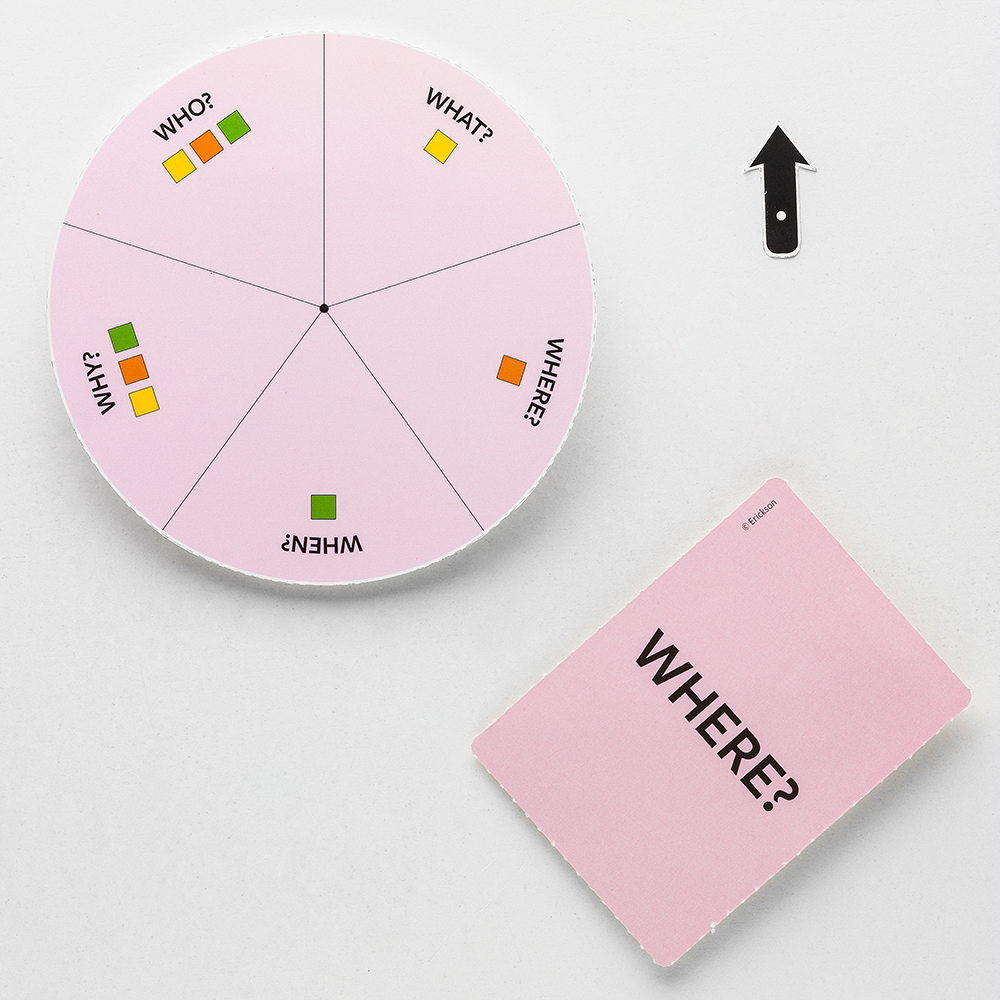
“wh- words” spinner and pink cards
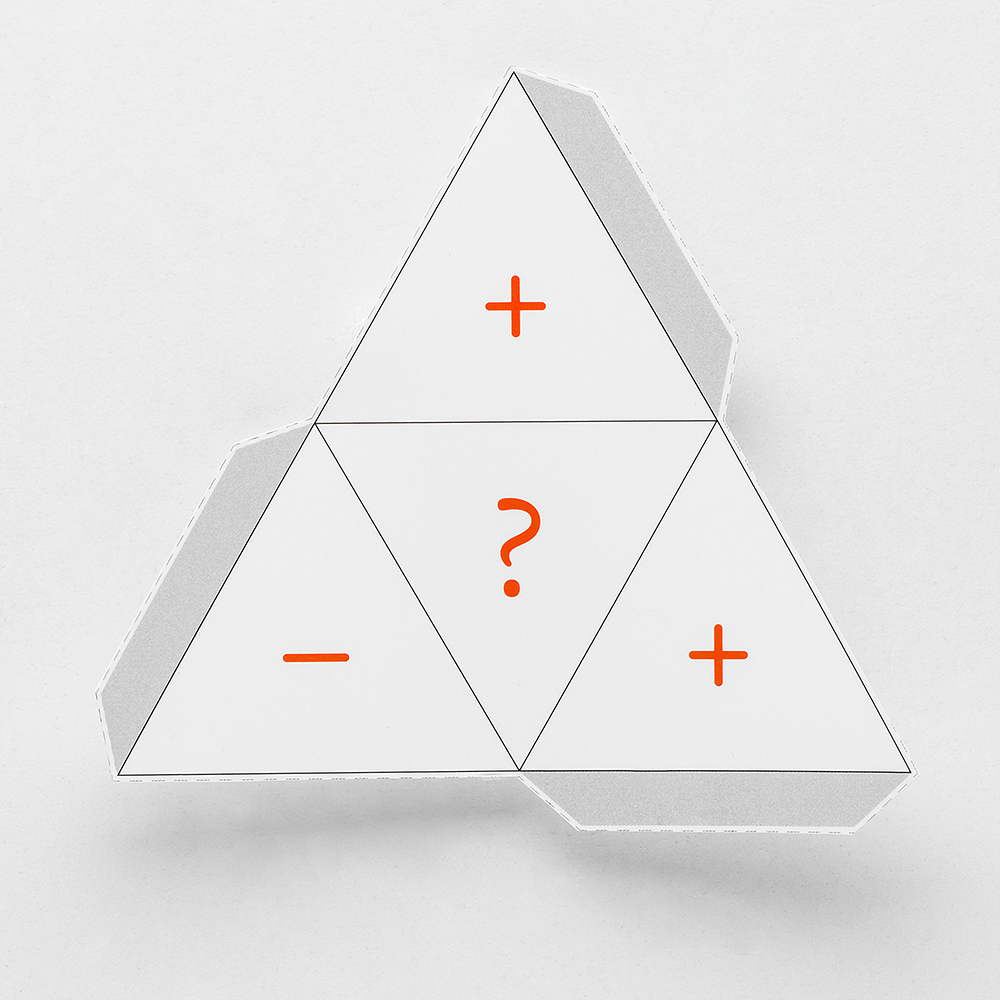
Pyramids
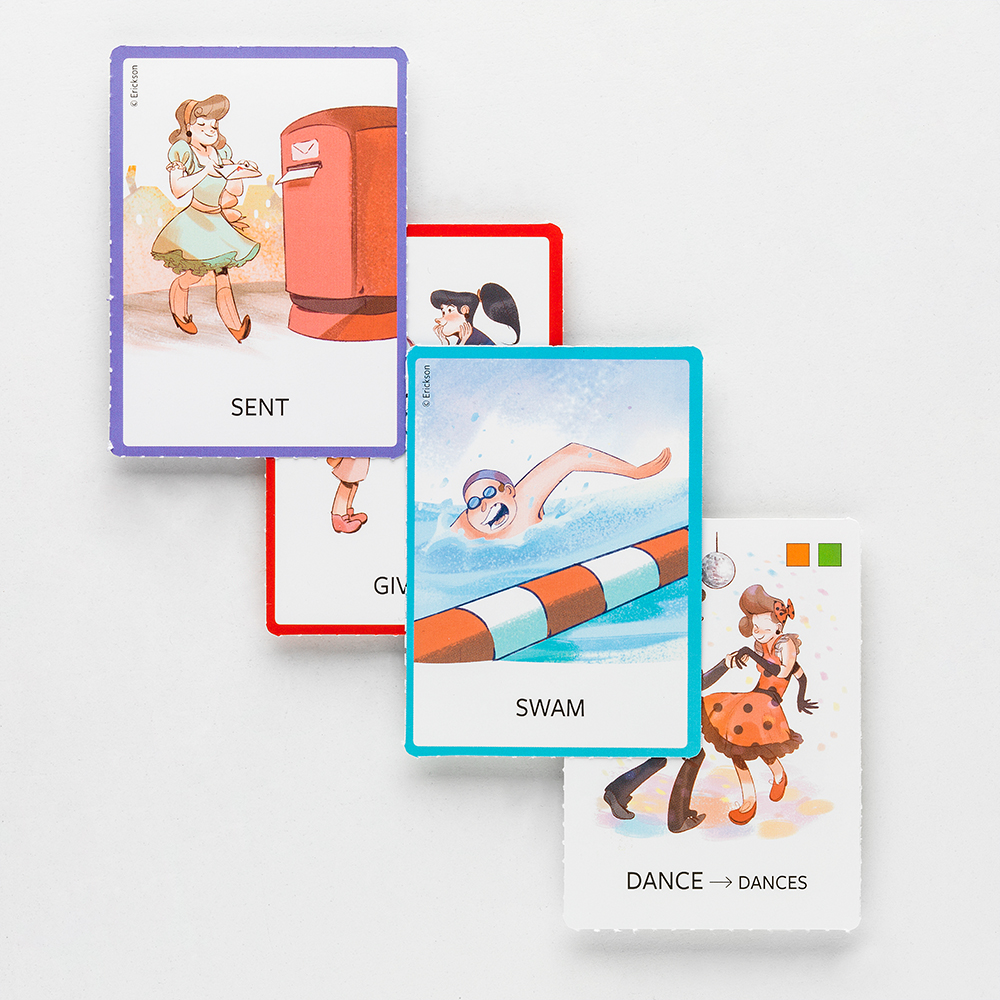
Action cards (with a blue, red, or purple border or without border)
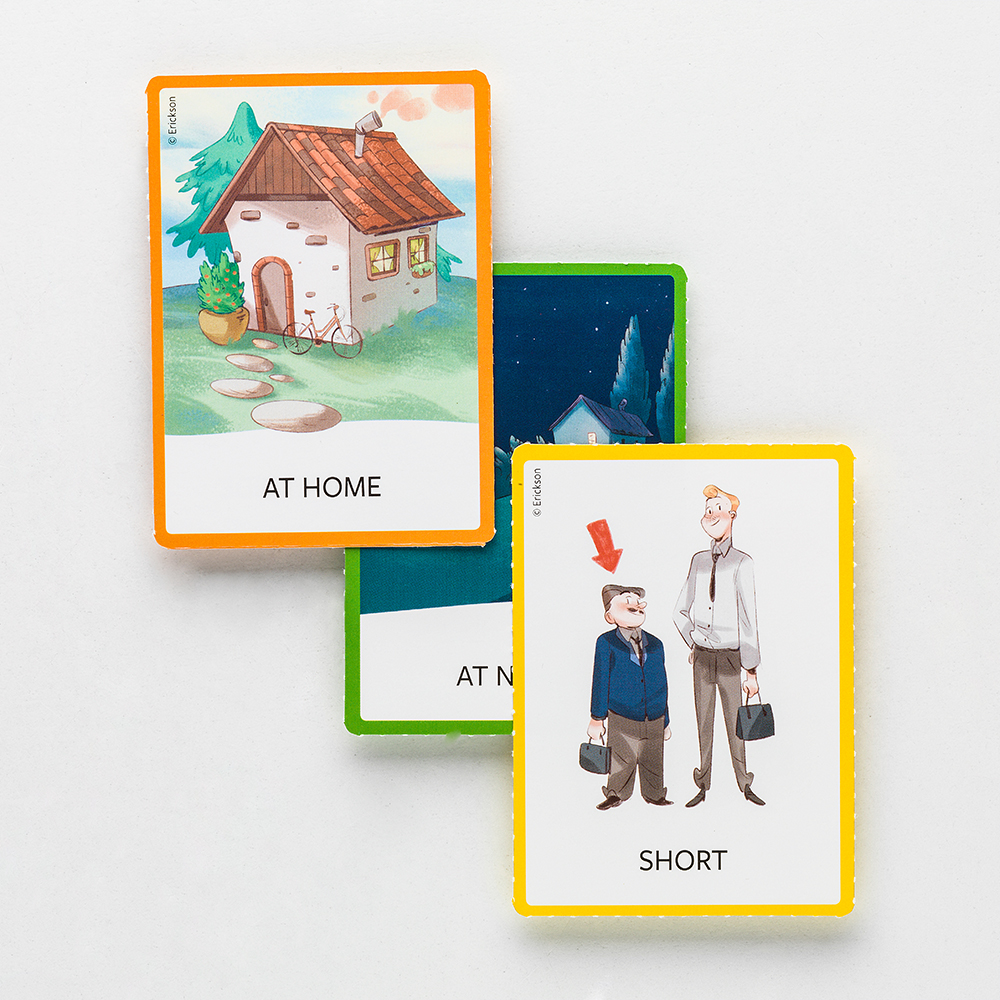
Agreement cards (with yellow, orange, or green borders)
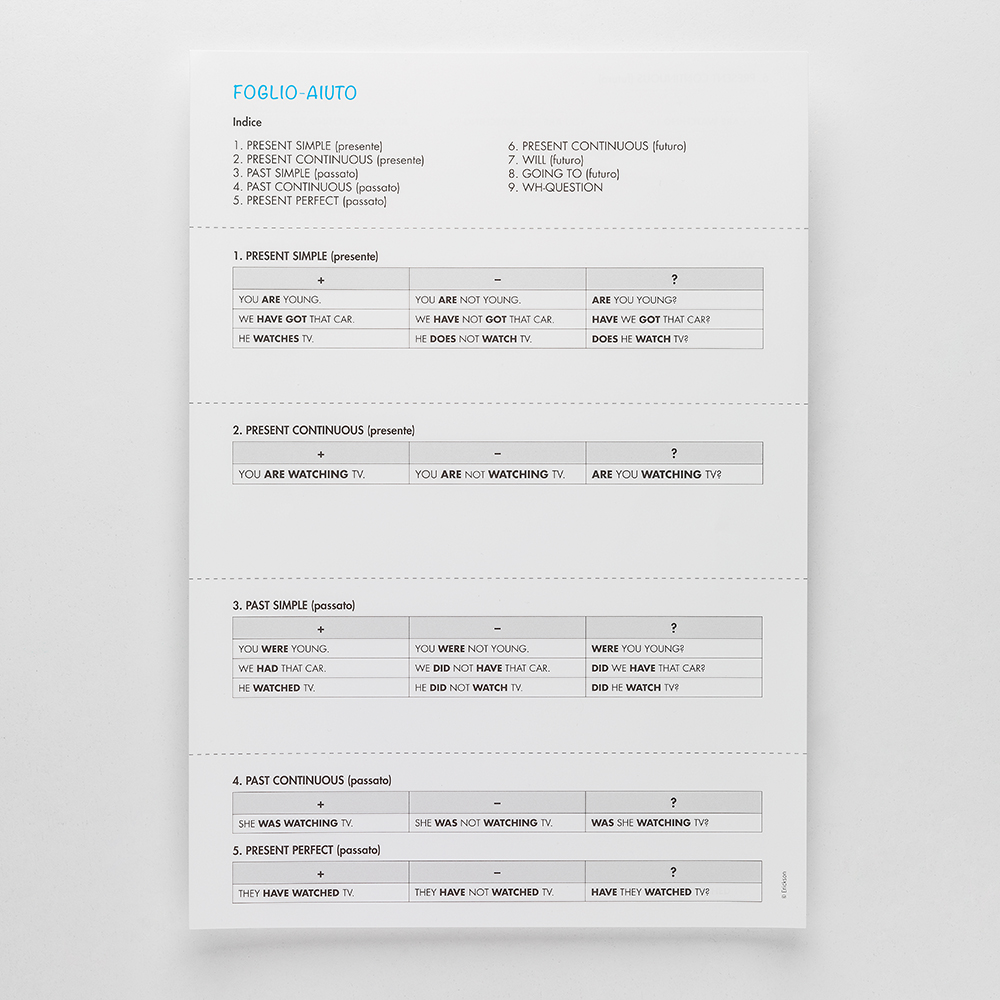
Help sheet
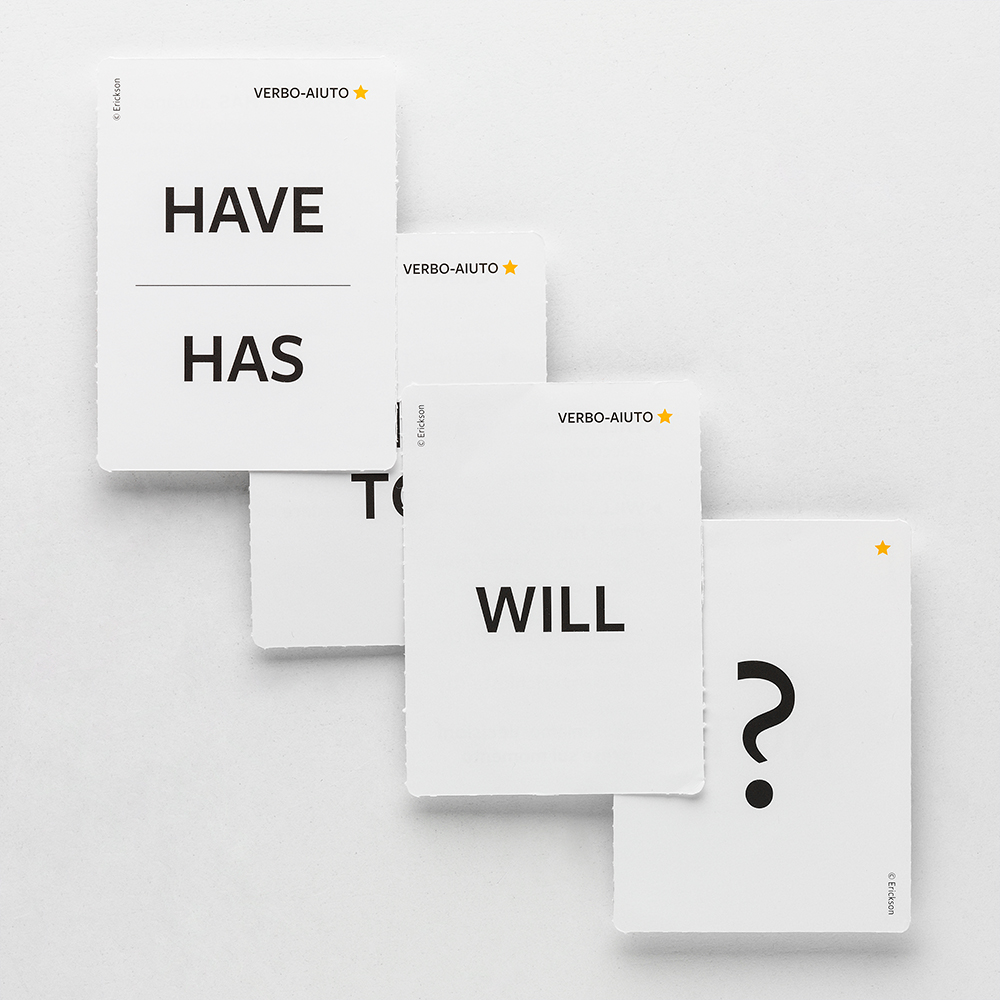
Help cards (indicated with a star)
Using the materials and following the indications provided, the student is guided in the construction of affirmative, negative and interrogative sentences, and can "see" how the elements move within the different types of sentences. These activities are useful not only when the student learns the morphosyntax of the sentence but also during the revision and consolidation phases, in fact:
The playful approach and the facilitation of procedures allow the student to learn while having fun, thereby encouraging learning and increasing motivation.
THE AUTHOR
Chiara Soldi graduated in Languages and specialized in teaching English in secondary school. She is the author of school texts and resources for learning aimed at pupils with special educational needs and SLD’s.